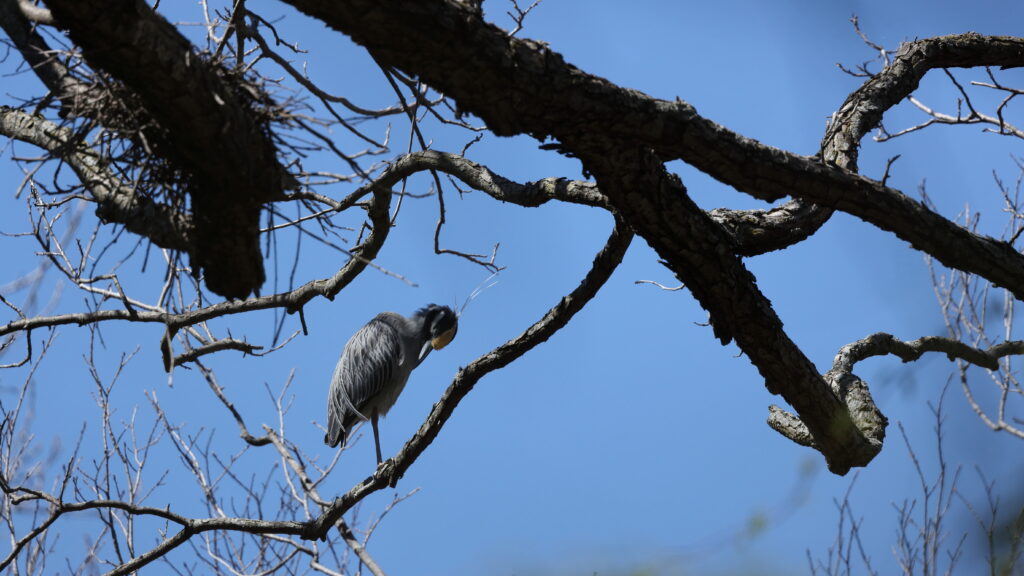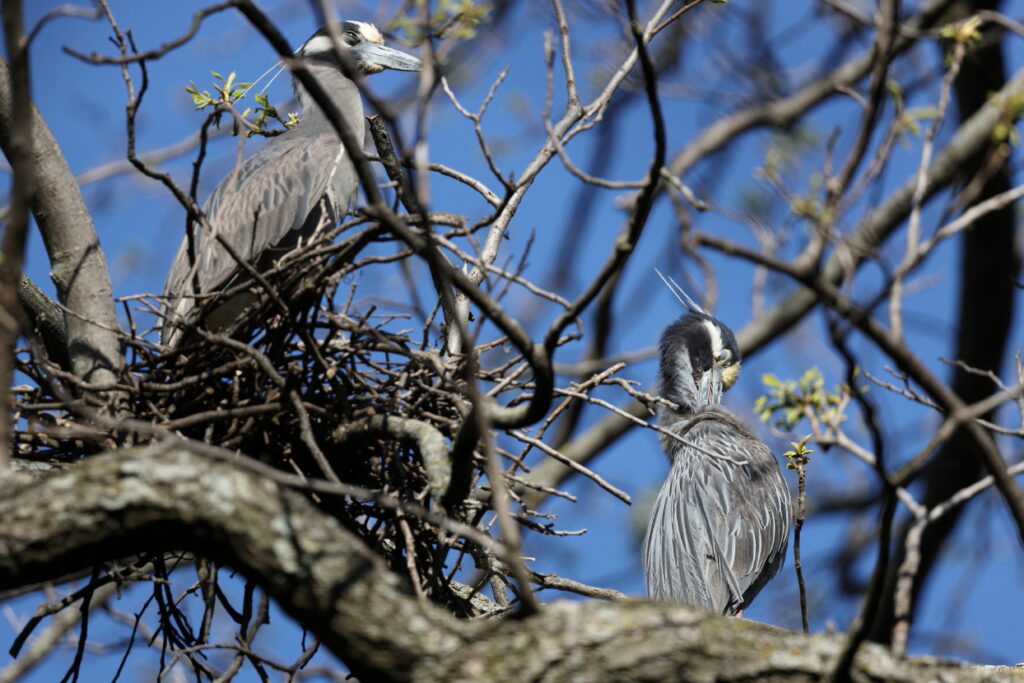Part 1- Arrival
John W. Garbutt- Class of 2019
“It is fortunate, perhaps, that no matter how intently one studies the hundred little dramas of the wood and meadows, on can never learn all of the salient facts about any one of them.”- Aldo Leopold, “Sky Dance”- A Sand County Almanac
The first day of spring began with temperatures in the 30s but it had slowly warmed by the early afternoon when I made my way into the wooded area. It was damp with a freshness in the air containing the earliest fragrances of seasonal change. Our winter guests, the Ruby-crowned Kinglet and White-throated Sparrow had switched from their contact calls to practicing their song for their northern breeding grounds. The resident Northern Cardinals and the ever cheerful and busy sounding Carolina Chickadees, both agreed through song that spring was here. Texas Spiny Lizards, welcoming the hint of warmer air, scurried through the leaf litter. It seemed an appropriate day to begin checking the Cooper’s Hawk and Yellow-crowned Night-Heron nests locations for activity. I checked the location the hawks used the previous two years and found no activity.
With restrained anticipation, I next approached the location of the first documented heron nest from 2022 which had been used over the previous two years. There it was; motionless, elegant, and tired, a Yellow-crowned Night-Heron. “Hello friend. Welcome back.” It was great to see one return for the third consecutive year. I continued to check previous nest locations including the 2020 Cooper’s Hawk nest. Here, perched above, was a pair of herons next to a fully constructed nest near the old hawk nest. Was this the location I could not locate the previous year when I felt strongly that there was an additional pair, or was it older? It had to be too early to have constructed a new nest? The Cooper’s Hawks were calling in the area as I thought on these questions.

The first documented heron of 2024. Had this heron been one of the founding pair who constructed this nest in 2022?
Returning the following day, I intended to first observe the heron nest near the old Cooper’s Hawk nest, but a Cooper’s Hawk grabbed my attention as it flew across the trail. I soon witnessed a Cooper’s Hawk rehabilitating the nest. The heron pair across the path calmly assessed their new neighbor or was it the other way around? I next proceeded to the main 2023 heron location where five nests were documented. I decided to do what I had not the previous year and that was to enter from another direction from within the creek in knee-high rubber boots. After spending twenty minutes in the location, I counted 5 or 6 birds. Four birds seemed paired and there were 1 or 2 single birds raising the colony total to 7 or 8 birds.

A pair refurbishing a nest first constructed in 2023.

A Hermit Thrush seen at eye level while standing in the creek observing the herons.
As the calendar flipped to April, the colony had increased to at least seven pair of herons. Future observations and counts would become more difficult as the canopy thickened. The Cooper’s Hawk’s behavior indicated that it had most likely begun incubation. They lay 2-6 eggs, incubate them for 30-36 days, with the young nesting for nearly five weeks. It was a new year and colony, full of new observations and new questions to come.


